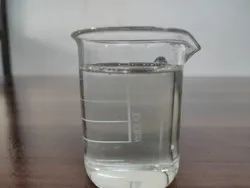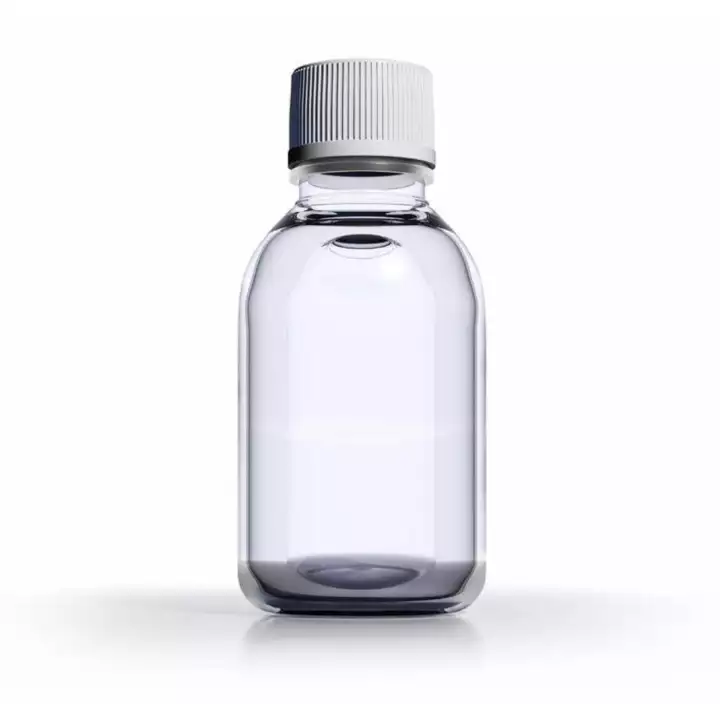Stearic Acid Triple Pressed (C18 39% - 45%) - Malaysia
|
IUPAC Name |
: Octadecanoic acid |
|
Cas Number |
: 57-11-4 |
|
HS Code |
: 3823.11.00 |
|
Formula |
: C18H36O2 |
Basic Info
|
Appearance Name |
: White Beads/Flakes |
|
Common Names |
: Octadecanoic acid |
|
Packaging |
: 500/600 Kg (flakes & beads) net weight in PP Woven Bulk Bag (palletized), 700 Kg (beads) net weight in PP Woven Bulk Bag (palletized), 25 Kg net weight in PP Laminated Paper Bag (loose/palletized) |


.webp)


.webp)